I have just got sight of the portfolio of the sale of lands belonging to the estate of Edward Harvey and wards Samuel Leathem, John Miller Harvey, William March Harvey and Rev F M. Harvey on 18 March 1879 in the Land Estate Court (High Court) in Dublin, listing a total of 12,254 acres to be sold in six lots involving lands at Ludden, Carrowreagh, Craignacally, Figart, Ardagh, Mullagh, Ballyliffin, Glasmullan, Glenmakee and Ballinlough. all in Inishowen. All tenants are named so this is invaluable for family history as it shows house sites. The introduction describes the tenants as industrious and peaceful. (Historians of the Land War, take note). Tenants – according to the notice – pay the rent on time and leases are held for one year. The total rental income is £2,383 per annum which averages at 20d per acre. The Swilly railway has agreed to build a station at Ludden, Buncrana and the company has agreed to give free tickets to parties building on the lands. The estate has access to the shore, turbary rights, wrack for fertiliser, game and fishing. The indenture for the lands was signed on 23 may 1794 between the owners and Lord Chichester.
Minerals and mines are included in the sale. The Clonmany river divides Rooskey from Altahalla and provides the power for the flax scutching mill at Cleagh. There is also a corn mill nearby.
By a deed dated 10 August 1850 the Commissioners for the Sale of Encumbered Estates conveyed Tullyarvan (Buncrana Castle) to Luke White with all rights to fishing in the river including tributaries of Lough Foyle and Meentiagh lakes.
Of the six lots for sale, one is Ballyliffin with sub – divisions in Clogherna, Altahalla, Gortfad, Rooskey, Ballinaboe and Meenduff. This lot comprises 1,004 acres for which tenants pay a rent of £333 based on a total valuation of £396. This is fairly normal as the rent is close to the total valuation. During the Land War, tenants often demanded a rent reduction to, say, eighteen shillings per one pound of the valuation. In Ardagh, most of the names are Doherty, Quigley, Doherty (Little). Farms vary in size from 4 acres to 15 but Doherty (Shawn) has 57 acres. His rent is over £31 per annum and is the highest. There are excellent maps with the townlands, with houses marked on townland maps.
I have tried to upload the file but find it is too large but it may be possible later. Thanks to Maura and Ann for the portfolio and maps.
The sale comes at a critical period, just before the Land War. By contrast,hundreds of tenants in Gweedore faced eviction and in the riots that followed, the parish priest Fr McFadden was accused of the murder of Inspector William Martin and faced a trial in Co Laois. He was freed but 4 parishioners were sentenced to ten years and for McFadden, life was never the same again. They did not serve the full term and they were lucky to escape execution. Some of the descendants of those convicted still live in Gweedore. James Glass of Derry created an album of photos which were used in the trial. Edward Carson was a prosecutor. A Buncrana solicitor, William O’Doherty, acted for Fr. McFadden.They got to know each other at Maynooth College. He lived opposite the Beach House Restaurant at the pier but the house is demolished. The garden walls are still intact and the Glass album remains in Buncrana. Ironically, when the King visited Buncrana in 1903, he had tea in the house. Just another piece of the fascinating jig-saw of our forgotten Donegal history.
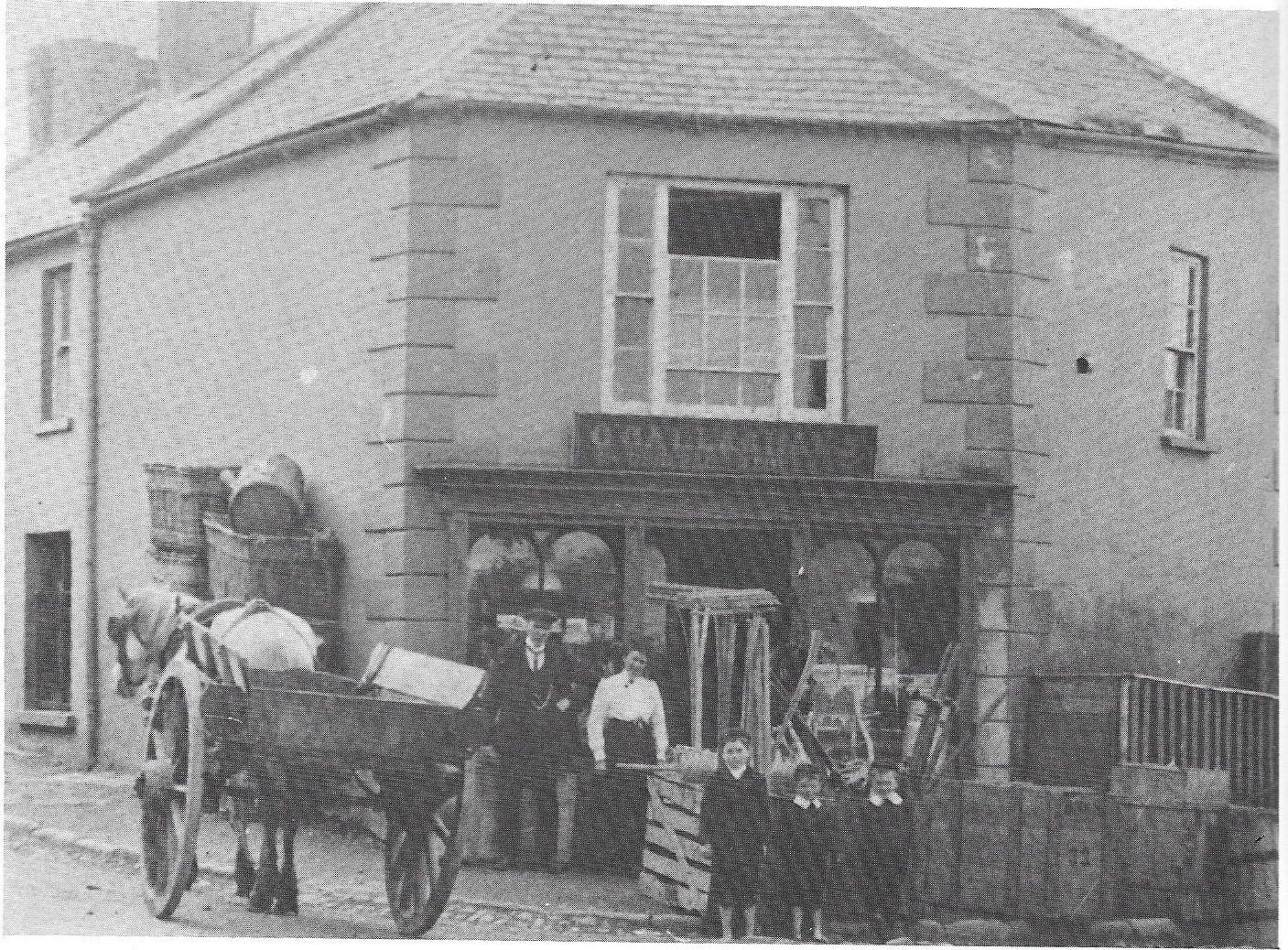


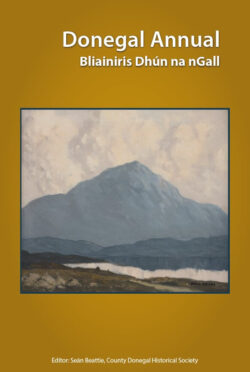
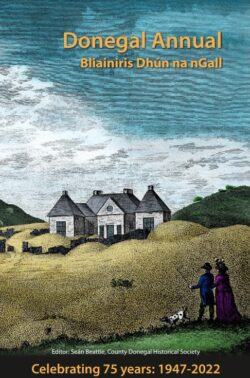
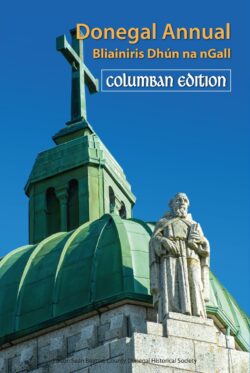
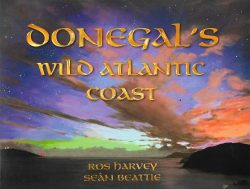

http://economy.vippiveikko.fi/euro/
Hey! Would you mind if I share your blog with my twitter group?
There’s a lot of people that I think would really appreciate your content.
Please let me know. Thank you
admin
ok